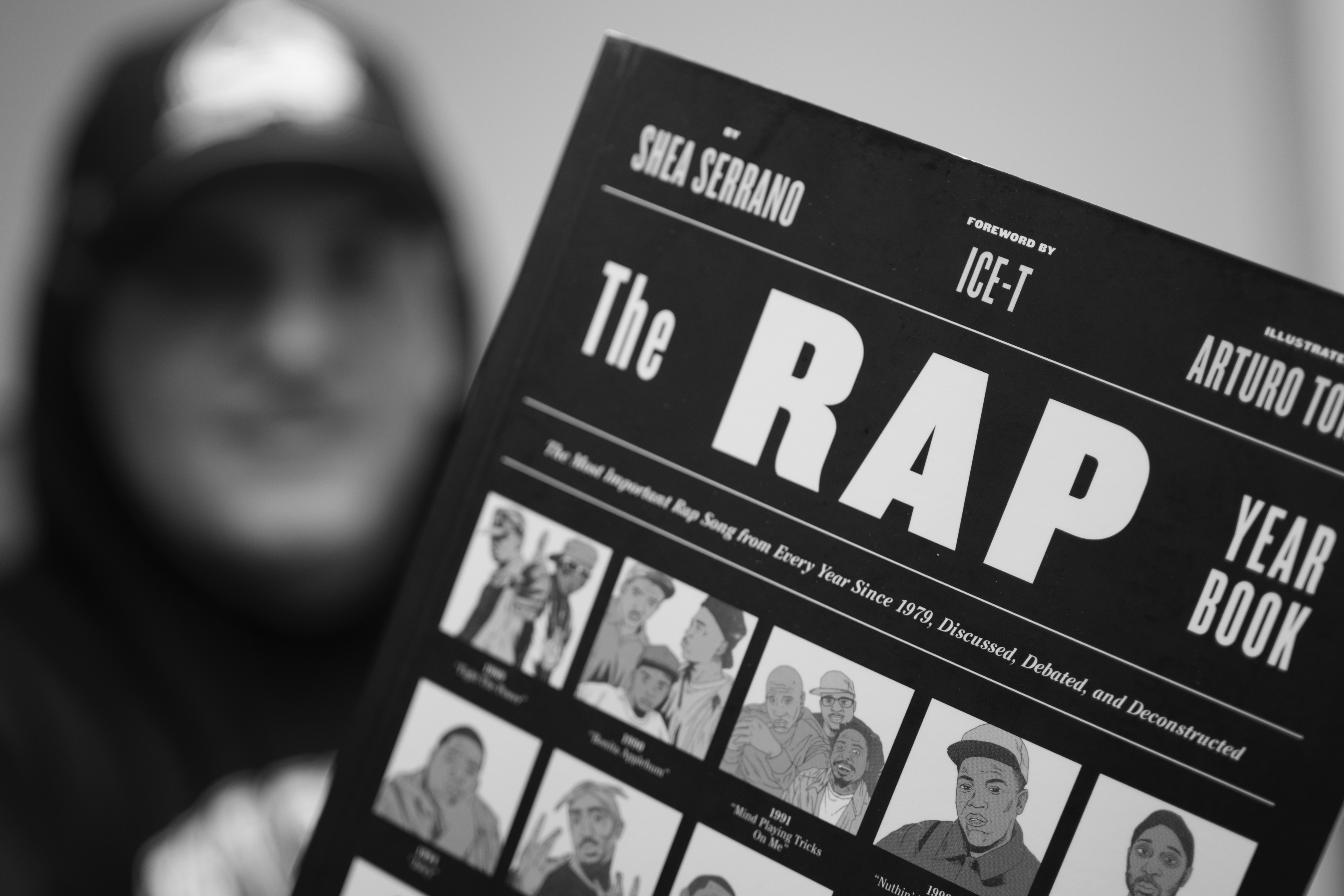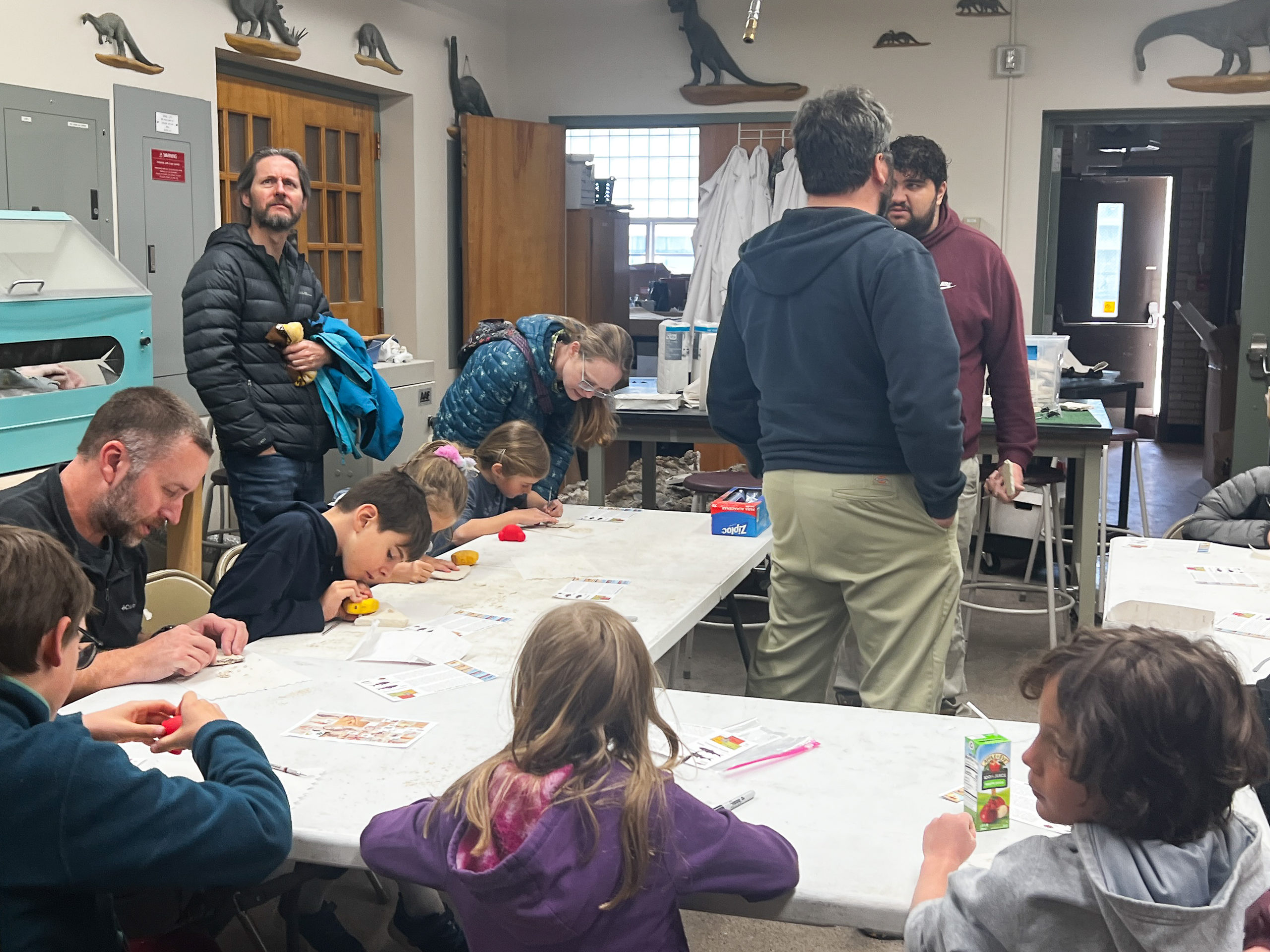Matthew Fabian
mfabian1@uwyo.edu
Hip-hop culture is alive and well, just maybe not in Wyoming.
Considering everyone gets excited about “Swing Dance” night at the Cowboy Saloon as opposed to “Bump-‘n-grind” night at the club, it is pretty easy to say hip-hop and rap has not taken roots in Wyoming.
Which, I guess, is fine. I come from Denver, where hip-hop knowledge is about two or three months ahead of anything in Wyoming. I just miss being able to teach the Dougie or hit the Quan without countless Cowboys wondering what in TF I am doing.
The Rap Year Book, a New York Times best-seller, is a good starting point in understanding the life of rap. Sure, you have heard Hotline Bling by Drake or anything by Kendrick Lamar because you are a person with ears in the 2010’s. Are we in the 2010’s? I mean, technically we are, but that looks insane. Kind of like how everyone thinks Rick Ross is insane, not how Wu-Tang Clan is insane.
The Rap Year Book provides, “the most important rap song from every year since 1979, discussed, debated and deconstructed.” Not the best rap song, the most important which is a notable difference. Serrano provides an example of this dilemma with Snoop Dogg’s “Who Am I (What’s my Name)?” vs. Wu-Tang’s “C.R.E.A.M.” in 1993. One of those songs will be cut from the book, meanwhile “Still Tippin’” by Mike Jones gets a chapter for 2004. It is a cruel dog-eat-dog world in the hip-hop game, and Serrano’s book embodies that.
Serrano, a writer that worked for the former cultural typhoon Grantland, provides an insightful and comedic look at rap from the last 36 years when rap was first recognized as a genre. He provides a distinct writing style that makes you feel like he has been your friend since high school, and you two are catching up from the last 15 years you haven’t seen each other.
Serrano also brings a potent, and important, conversation about the political strife in rap and with rappers. In the book, Serrano outlines the environment surrounding N.W.A. when they released “Straight Outta Compton,” and why they experienced pushback. He gives the story about DMX’s very sad childhood, and how that resulted in his drug and anger problems. The book is much more than which song meant the most, but which artist meant the most for their time.
Tupac owns 1996 with “California Love” a collaboration project with Dr. Dre and Deathrow Records. The song won the year for multiple reasons; like mixing G-Funk with gangsta rap, Serrano said. Yet, the song also won for Tupac being released from prison and this was his much-anticipated re-emerging party. The Rap Year Book is so much more than just rap. It brings perspective to the industry. If this book can make me appreciate and respect Kanye West, it can do just about anything for you.
I am not going to tell you to start dressing like 50 Cent or throw up the Dirty W with some west-siders. You also should not start doing coke like DMX. I am definitely telling you to not do that. What I am telling you to do is to not be afraid of what this other culture presents. Your preconceived notions of rappers might be shattered or reaffirmed with The Rap Year Book. Understand where the genre comes from and what it has developed into. Other things are fun, and it is an excuse to listen to Biggie Smalls for research purposes.
“Heroes get remembered but legends never die,”- a guy playing Babe Ruth in Sandlot. With Serrano’s book, these legends of rap will never die.



